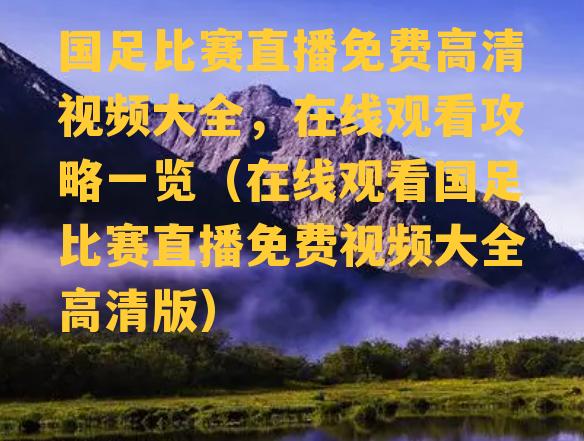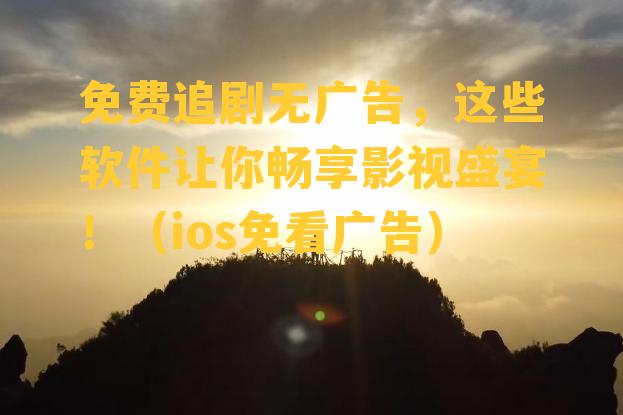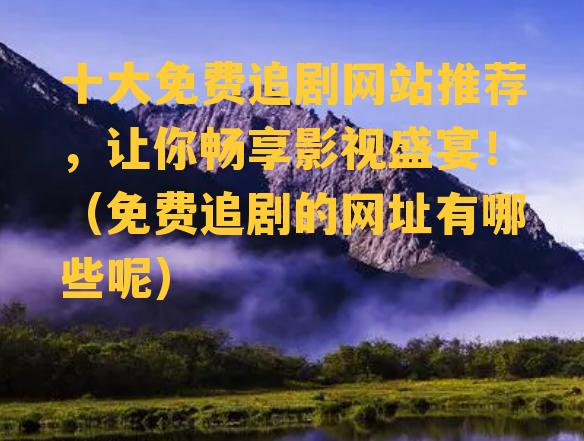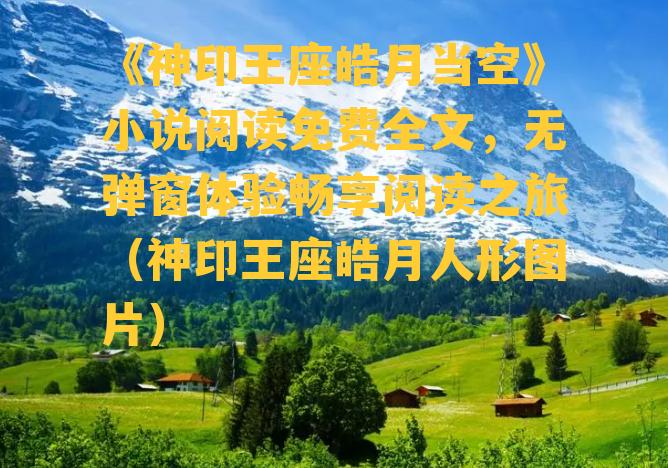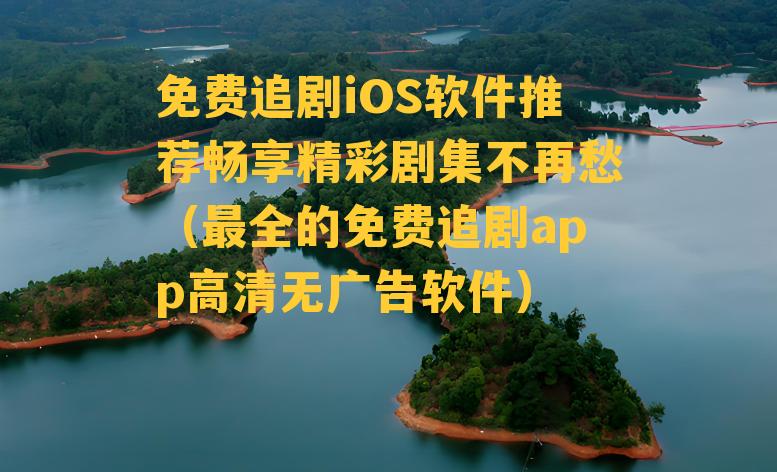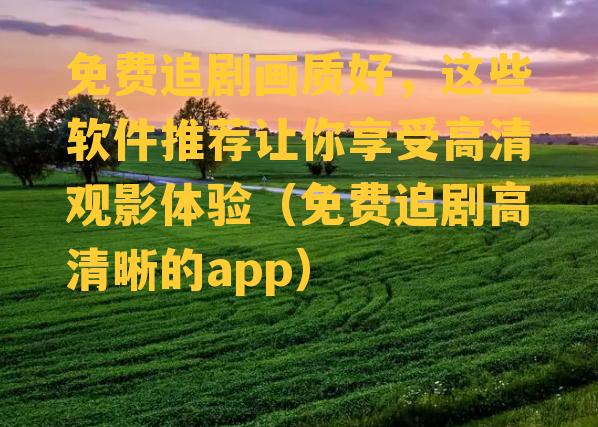完整英语(完整英文)
In the realm of language translation, the term "complete translation" holds great significance. It refers to the accurate and contextually appropriate rendering of a text from one language to another, ensuring that the essence of the original message is preserved. This article delves into what constitutes a complete translation and why it is crucial for effective cross-cultural communication.

**1. Accuracy in Translation**
A complete translation must be accurate, which means that it should convey the same meaning as the original text without any distortion. This involves:
- **Word-for-Word Translation:** While sometimes necessary, a word-for-word translation may not always capture the intended meaning due to linguistic differences between languages.
- **Semantic Equivalence:** Translators must strive to find words or phrases in the target language that have the same meaning as those in the source language.
n expressions or idioms may not have a direct equivalent in the target language. A complete translation should adapt these expressions to fit the cultural context of the target audience.
**2. Contextual Appropriateness**
The context in which the original text is used is equally important. A complete translation must take into account:
ned in the translation, whether it's a formal academic paper or an informal social media post.
lored to the audience's level of familiarity with the subject matter and their cultural background.
n.
**3. preserving the Original Message**
A complete translation should not only convey the meaning but also the tone and intent of the original message. This includes:
- **Connotative Meanings:** The translator must capture the emotional or cultural nuances that words or phrases might convey in the source language.
- **Implied Meanings:** Sometimes, the meaning of a text is not explicitly stated but implied. A complete translation should convey these implied meanings.
**4. Challenges and Solutions**
Achieving a complete translation is not without its challenges:
- **Language Differences:** Different languages have different grammatical structures, idioms, and cultural references.
- **Ambiguity:** Some texts may be ambiguous, and the translator must use their expertise to decide on the most likely intended meaning.
nts:** Limited time and resources can make it difficult to produce a high-quality complete translation.
To overcome these challenges, translators often rely on:
- **Research:** Thorough research into both the source and target languages, including dictionaries, glossaries, and cultural resources.
- **Collaboration:** Working with subject matter experts, native speakers, or other translators can provide valuable insights.
ning high standards of translation.
In conclusion, a complete translation is the result of meticulous attention to accuracy, context, and the preservation of the original message. It is the bridge that connects cultures, facilitating understanding and communication across language barriers.

